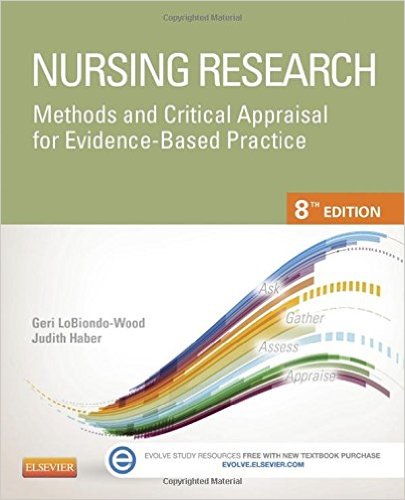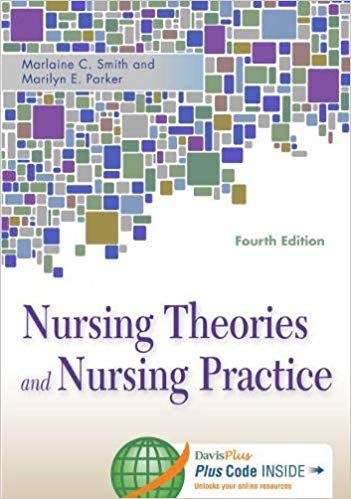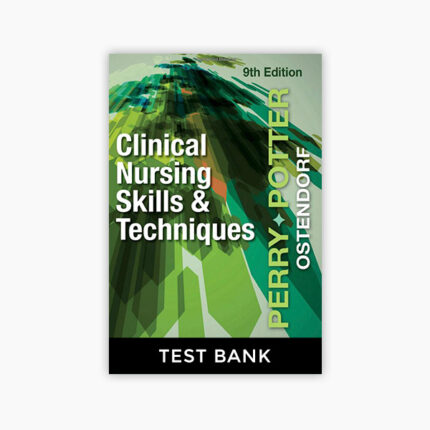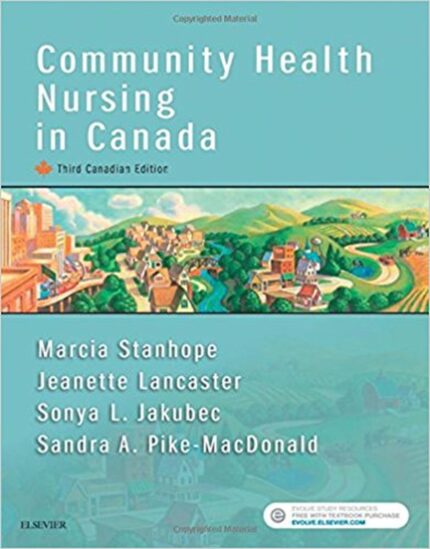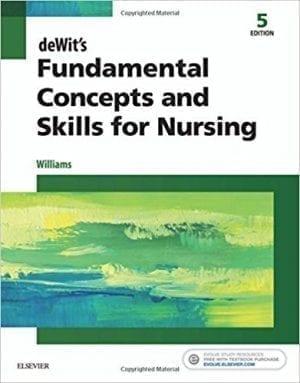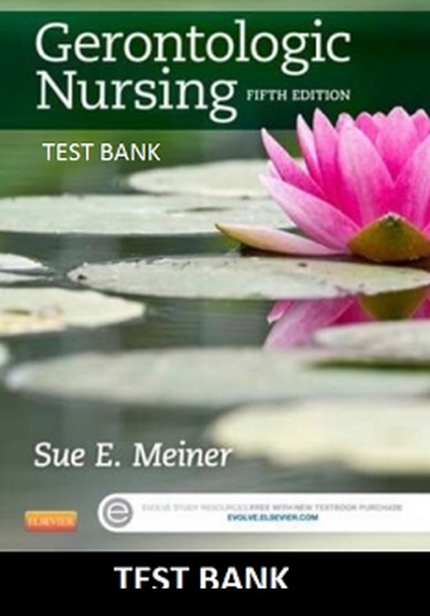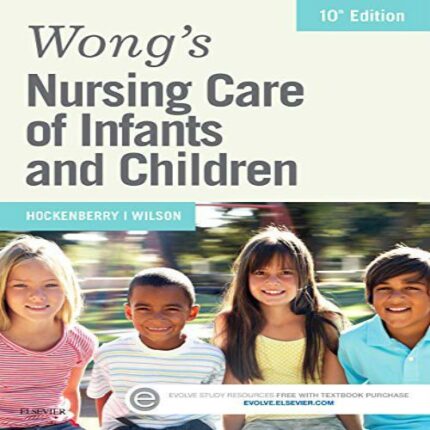Nursing Research Methods and Critical Appraisal for Evidence-Based Practice 8th Edition – Test Bank
Do you need test banks fast? eTestBank.net is the best test bank website for you! Download your test bank right after you pay. No waiting!
Why eTestBank.net is Great:
✅ Instant Download:
Get your test bank right away after payment.
✅ Unlimited Downloads:
Download your test bank anytime and as many times as you want.
✅ 24/7 Live Help:
We are here to help you all day, every day.
✅ Guaranteed Delivery:
If you don’t get the download right away, we will send it to you in 3 to 6 hours.
How to Get Your Test Bank:
- Pick Your Test Bank: Choose from many test banks.
- Pay Safely: Pay securely on eTestBank.net.
- Download Instantly: Get your test bank immediately after payment.
- Download Anytime: Unlimited downloads whenever you need them.
Need Help? Contact Us:
📧 Email: [Support@etestbank.net]
📱 WhatsApp: [https://wa.me/message/MC222DLQ4GDXL1r]
Didn’t Get Your Download?
Don’t worry! If you don’t get the file right away, we’ll send it to you in 3 to 6 hours. Need it sooner? Contact us by email or WhatsApp.
💡 Buy now from eTestBank.net for instant downloads, unlimited access, and 24/7 support—get your test bank today!
Chapter 03: Gathering and Appraising the Literature
Test Bank
MULTIPLE CHOICE
1. The review of literature is important to the research process for which of these reasons?
|
a. |
It guides all steps of the research process. |
|
b. |
It provides a vehicle to disseminate the findings of the study. |
|
c. |
It guides only the conceptualization of the problem statement. |
|
d. |
It identifies only gaps or inconsistencies in the knowledge base. |
ANS: A
|
Feedback |
|
|
A |
The review of the literature is important throughout all stages of a research study. |
|
B |
A completed study may be published to disseminate the findings of a study and thus become one citation in a literature review for future studies. However, the literature review does not ensure this. |
|
C |
The review of the literature guides the problem statement as it is defined along with all other parts and stages of a research study. |
|
D |
The review of the literature contributes to consistencies in the literature, locates instruments used to measure variables, identifies experts on topics, etc. |
DIF: Cognitive Level: Understanding (Comprehension) REF: Page 50
2. The “6S” pyramid hierarchy of preappraised evidence developed by DiCenso, Bayley, & Haynes (2009) provides a means to help nurse consumers of research find preappraised evidence for clinical questions. Using this model, which level of evidence would be highest?
|
a. |
Summaries such as clinical practice guidelines |
|
b. |
Synopsis of Synthesis such as summaries found in the journal Evidence-Based Nursing |
|
c. |
Syntheses or systematic reviews such as a Cochrane review |
|
d. |
Studies such as synopses of a single study |
ANS: A
|
Feedback |
|
|
A |
The highest level of those presented in the question is Summaries, which include clinical practice guidelines and electronic evidence-based textbooks. These summaries about specific conditions are updated regularly. An even higher level of the 6S pyramid is Computerized Decision Support Systems (CDSS), which integrate evidence-based clinical information into an electronic medical record. At present, these systems are not a reality in most institutions and, therefore, they were not included as an option in this question. |
|
B |
Next highest is Synopsis of Synthesis, which provides a preappraised summary of a systematic review that can be found in journals, such as Evidence-Based Nursing. |
|
C |
Third highest is Syntheses or systematic reviews such as a Cochrane review. |
|
D |
Lowest in the hierarchy is Studies, which often refer to synopses of single studies evaluated by a single expert. |
DIF: Cognitive Level: Understanding (Comprehension) REF: Page 55-57
3. For which of these reasons would a nurse researcher include refereed journals in the literature review?
|
a. |
The articles are critiqued by a panel of external reviewers. |
|
b. |
The articles selected for publication are related to a specific field of knowledge. |
|
c. |
The journals encourage competition among authors to have their articles published. |
|
d. |
The journals publish only articles that are primary sources of research findings. |
ANS: A
|
Feedback |
|
|
A |
The articles are critiqued by a panel of external expert readers. |
|
B |
Articles selected for publication are sources of the latest information about a great variety of fields of knowledge. |
|
C |
There is no overt competition among authors because refereed journals have blinded reviews in most cases. |
|
D |
Refereed journals are often the first source of primary research findings, but they may also include other types of research articles. |
DIF: Cognitive Level: Understanding (Comprehension) REF: Page 60
4. A research article has undergone a blind review for a peer-reviewed journal. The nurse reading the research article should understand which of the following about this review process?
|
a. |
The reviewers of the article did not know the identity of the other reviewers. |
|
b. |
The reviewers of the article did not know the identity of the author. |
|
c. |
The criteria used to review the article were not known to the author. |
|
d. |
The criteria used to review the article were determined by the reviewers. |
ANS: B
|
Feedback |
|
|
A |
The reviewers of the article may or may not know the identity of the other reviewers. |
|
B |
In a blind review, the manuscript to be reviewed does not include the name of the author. |
|
C |
A standard set of scholarly criteria is used to review the article. The criteria are usually known to the author. |
|
D |
The criteria used to review the article are established by expert reviewers appointed by the publication’s editors. |
DIF: Cognitive Level: Understanding (Comprehension) REF: Page 60

